Top 10 Largest Agricultural Producing Countries in the World 2025
By ICON TEAM | Published on Oct 08, 2025
In 2025, global agriculture is still very important for feeding a growing world population that is expected to reach more than 8.2 billion people. At the same time, it has to deal with climate change, new technologies, and changes in commerce. The sector's total output is affected by things including how much land is available for farming, how quickly new technologies are adopted, and what the government does. Recent studies show that the best farmers are ranked by gross production value, which includes crops, animals, and other associated products. This list shows countries that together make up more than 60% of the world's agricultural production.
China is at the top of the list for 2025 because it is so big, followed by the United States and Brazil because they are good at exporting. India and Russia round out the top five, with a focus on a wide range of basics like cereals and oilseeds. France and Germany are good at growing high-value commodities, whereas Mexico, Japan, and Turkey each send specialty products like fruits, rice, and nuts. As of October 2025, this article looks at the most important facts, products, trends, and problems in each country.
List Of Top 10 Largest Agricultural Producing Countries in the World 2025:
1. China:
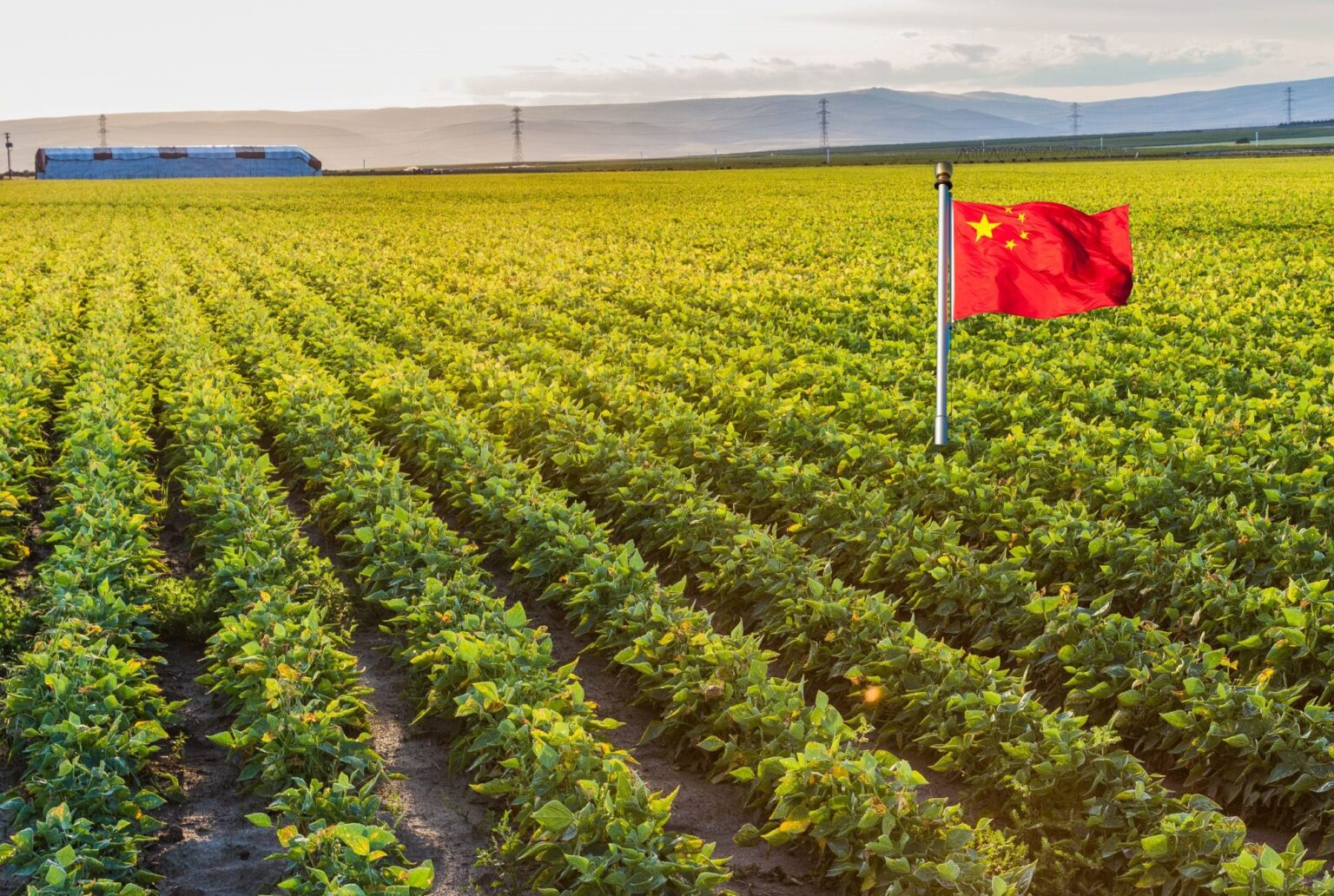
China maintains its position as the world's largest agricultural producer in 2025, using its 7% share of the world's arable land to feed 22% of the world's population. This year, the country's gross production value in agriculture is expected to reach US$1.41 trillion. This is a compound annual growth rate (CAGR) of 3.97% through 2030. Grain production is on course to reach a record 709 million tonnes, up from 706.5 million tonnes in 2024. This is because yields per unit have gone up and planting areas have been bigger.
Key essentials include rice (nearly 200 million tonnes a year), wheat (141 million tonnes expected in 2025), and corn. Pork production, which makes about half of the world's supply, is one of the biggest animal businesses. China is the leader in more than 20 commodity categories, and fruits and vegetables like apples and tomatoes help boost output even more.
In 2025, the government raised the grain output goal to 700 million tonnes because of geopolitical problems. This shows a trend toward self-sufficiency. New technologies like precision farming and biotech are making things more efficient, but there are still problems. For example, 40% of farmland doesn't have enough water, and climate events have caused summer grain output to drop slightly to 138.16 million tons for wheat. Even yet, China's agriculture is still the best in the world, with exports mostly going to Asia and Africa in the form of processed goods.
2. United States:
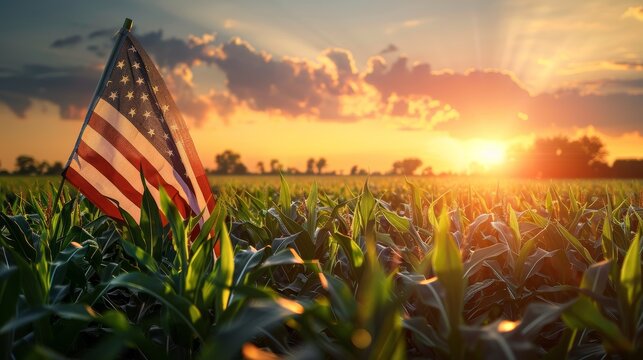
The United States comes in second, with a gross agricultural production value of US$438.95 billion in 2025. This number will expand at a CAGR of 2.77% through 2030. This powerhouse is great at growing high-yield row crops. Corn production is expected to reach 16.7 billion bushels, a 13% increase from 2024, while soybeans are the world's top export crop. Winter wheat production is 1.35 billion bushels, and livestock sectors like cattle and dairy make a big difference. After a 4% drop in 2024, net farm revenue is stable. 372 million hectares of farmland support the main crops, which include maize (for ethanol and feed), soybeans, cotton, and dairy. More than 60% of farms now use precision agriculture technologies, which improve yields and sustainability. But 2025 will be hard: tariffs caused shipments to China to decrease by 53% in the first seven months, which hurt the corn and soybean sectors. Producers are having a hard time because of changing weather and growing costs of inputs. However, the USDA predicts record yields, making the U.S. a major supplier across the world.
3. Brazil:
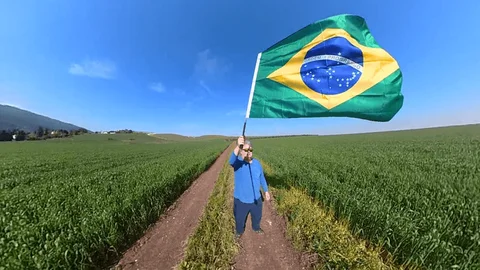
Brazil comes in third with a record harvest of 328.4 million tons in 2025, thanks to a 10.1% increase in the agricultural sector in the second quarter. Soybean production achieves an all-time high of 164.2 million tonnes, up from prior years. Corn production surpasses 135 million tonnes. In March alone, the country's agriculture exports shot up to US$15.6 billion, showing that it is a top exporter.
Soybeans (the world's largest producer), corn, sugarcane (for ethanol), and cattle are the most important crops. The Cerrado region has a lot of land that can be used for farming. From 2005 to 2025, regenerative approaches have increased coffee output to 30 bags per acre. There are problems with deforestation and the weather, but AI use is expected to increase yields by 20%. Brazil's concentration on biofuels and sustainable growth makes it the top exporter to China and Europe.
4. India:
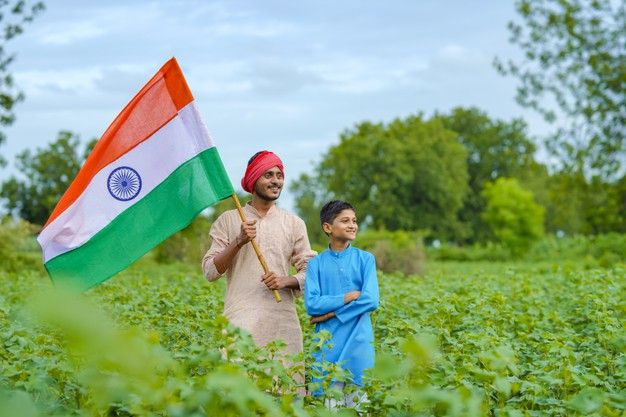
India moves up to fourth place, with food grain production reaching 353.96 million tonnes in 2024–25, a big jump from 246.42 million tonnes in 2013–14. The sector employs more than 40% of the workforce and could be worth $1 trillion by 2035. As of August 2025, paddy planting covers 39.9 million hectares. Wheat and pulses are the most important rabi crops.
Rice (the world's second-largest producer), wheat, milk (nearly 200 million tonnes a year, the most in the world), and sugarcane are some of the most important crops. More than 60% of farmers now use mobile apps to get to the market, which has led to new ideas in biotech and drip irrigation. The monsoon can be unpredictable, which is dangerous, but government programs like Atmanirbhar Bharat help people become more self-reliant. India's agricultural exports, which include spices and basmati rice, go to the Middle East and Southeast Asia. This helps balance the country's demands with those of the rest of the world.
5. Russia:
Russia is in fifth place, and agricultural production is anticipated to rise by 4.4% in 2025. However, grain production could fall below 120 million tonnes, which would be the lowest level since 2018. Wheat production is expected to be 83 million metric tons (mmt), which is 2% more than last year. This is because 26.5 million hectares were harvested. The country has 9% of the world's arable land and focuses on exports even though it is under sanctions.
Major crops include wheat (world's #1 exporter), barley, and sunflower oil, with livestock growth at 1.8%. 40% of farms use precision tools, which helps them get more crops. The sector is having a hard time because to bad weather and export restrictions. Grain shipments dropped by 50% in July, but growing more winter cereals (15.1 million hectares) gives hope. Russia's move to Asia to sell wheat keeps it at the top.
6. France:
France is in sixth place, with a forecast wheat production of 33.4 million tons in 2025, or 7.44 tonnes per hectare, which is 3.4% more than the Olympic average. The agricultural value added is $45.27 billion, and cereals make up 13% of the total. In June, producer prices went up 0.9% from the same month last year.
From 28 million hectares of farming, the most valuable products are wheat, barley, wine (13.2% of value), and milk (13.1%). There are 459,803 persons that work in agri-food. Sustainability is what drives trends. The EU CAP funding helps with transitions, but droughts and price swings (down 0.5% in May) are still a problem. France's cheese and wine exports to the U.S. and Asia show that it is focused on high-value goods.
7. Mexico:
Mexico is in seventh place, with a 16% reduction in corn production to 23.5 million metric tons (MMT) in MY 2024-25 because of drought. However, production is expected to rise to 24.5 MMT in 2025-26. Avocados and berries are expected to propel agricultural exports beyond $50 billion.
Core outputs are maize (55% of the land), beans, wheat, and horticulture like tomatoes. The sector employs 1.76 million people, and output rose by 36.6% in the first quarter of 2025. Precision technology and better reservoirs help rice and white corn, but climate change is a big worry. Being close to the U.S. helps exports, making Mexico a center for NAFTA agriculture.
8. Japan:
Japan ranks eighth, with a total agricultural output worth ¥9.5 trillion in 2023 (up 5.5%), and it will keep going higher in 2025 as policies change. Rice farmers will get new incentives starting in 2027 to grow more rice after prices went up 8% because of shortages. The market for robots is about $1.2 billion.
The main crops are rice (more than 60% of farms have precise equipment), vegetables, and pig. Limited land (just 4% is arable) drives technology like drones. Value added is $39.5 billion, and the price of chicken is consistent even though feed prices are high. Old farmers and imports are problems, but new ideas make sure that domestic requirements are met.
9. Germany:
Germany is ninth, with a 21.1% increase in wheat harvest to 22.42 million tons in 2025 and a total of 42.5 million tons of cereals (15.6% of the EU). There are 2.78 million hectares of land for winter wheat. The value of production is €75.49 billion.
Strengths: wheat, potatoes, pork, and dairy from 16.7 million hectares. Imports of fruits and vegetables reached 14.4 million tons. More than 60% of farms use precise technology, which helps the environment. EU rules and the weather help growth, but prices for producers go up and down. Germany's strong exports of beer and organic goods keep it at the top.
10. Turkey:
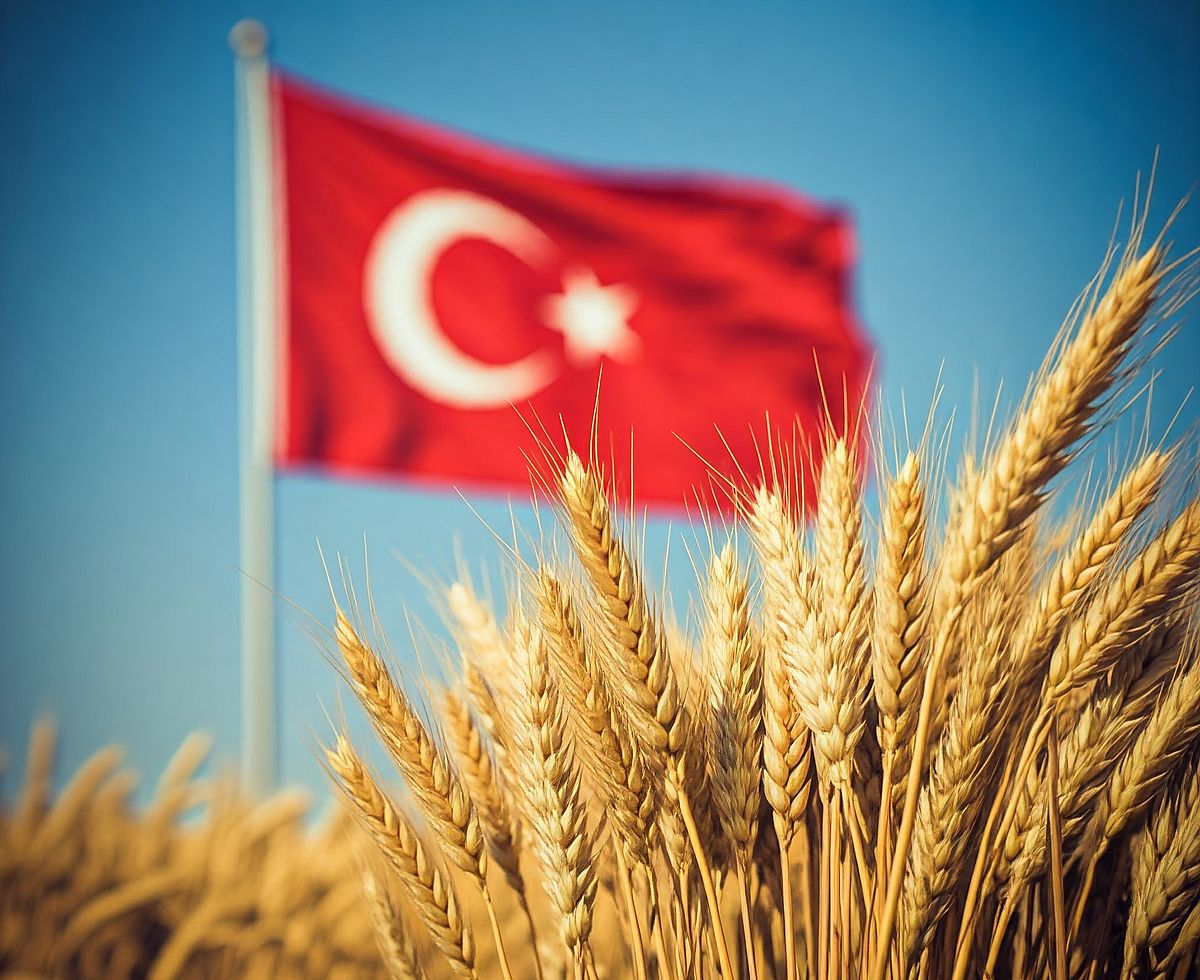
Turkey is at the bottom of the top 10, with 71.4 million tonnes of cereals and 33 million tonnes of vegetables in 2025 predictions. However, grains fall 4.1% to 37.4 million tonnes. The amount of wheat produced drops 5.8% to 19.6 million tonnes.
Hazelnuts (70% of the world), fruits (21.4 million tonnes), and cotton are the most important. Total value: US$71.45 billion, with a growth rate of 4.24% per year. The area planted with maize is up 7%, but the yields are down because of the weather. Exports of flour go up, filling up the gaps. Climate and inflation are problems, but Turkey's bridge between Europe and Asia helps trade.
Comments 0